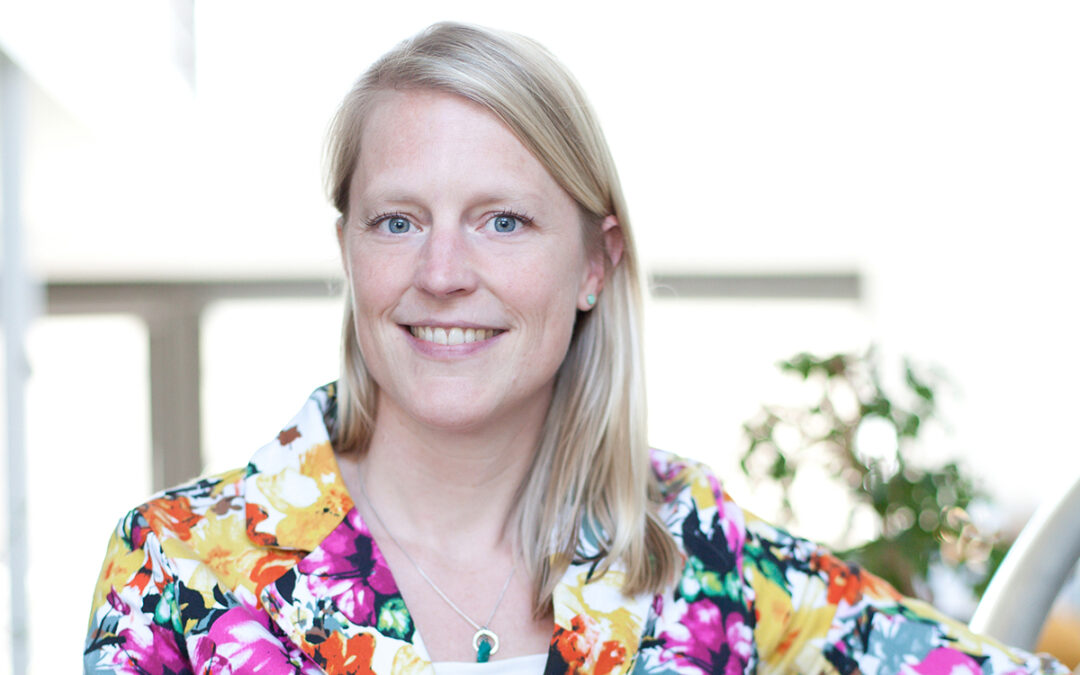The My Clean Green Home project came about through the realisation that buildings present a significant opportunity to lower carbon emissions; they consume almost a quarter of Cape Town’s total energy and are responsible for the largest proportion of its total carbon emissions.
“In partnership with the Green Building Council of South Africa, we wanted to create an opportunity to engage with students and professionals of the built environment to challenge them to create a model home that demonstrates the sustainable design principles, technologies and behaviours that create a net zero carbon home,” says Mary Haw. The objective was to create a life-size, physical interactive experience for the public to see for themselves that a net zero carbon home and living sustainably is not only feasible, but also accessible.
About 20 teams of architects, students and professionals submitted their own take on the net zero carbon brief, incorporating elements of spatial efficiency, daylighting and ventilation, renewable energy, material choices and water efficiency. The winning design from Team Mahali was particularly impressive because of their incorporation of reused and upcycled materials. Two shipping containers are used for the main living areas, and the encompassing shading structure is made out of recycled wooden pallets — both of which are readily available in Cape Town.
“I am most proud when witnessing the epiphany on visitors’ faces when they engage with My Clean Green Home and say, ‘oh wow, I can do this in my home’,” Haw says.
The My Clean Green Home exhibit is now permanently based in Green Point Urban Park.
“We wanted to create an opportunity to engage with students and professionals of the built environment, to challenge them to create a model home that demonstrates the sustainable design principles, technologies and behaviours that create a net zero carbon home.”











